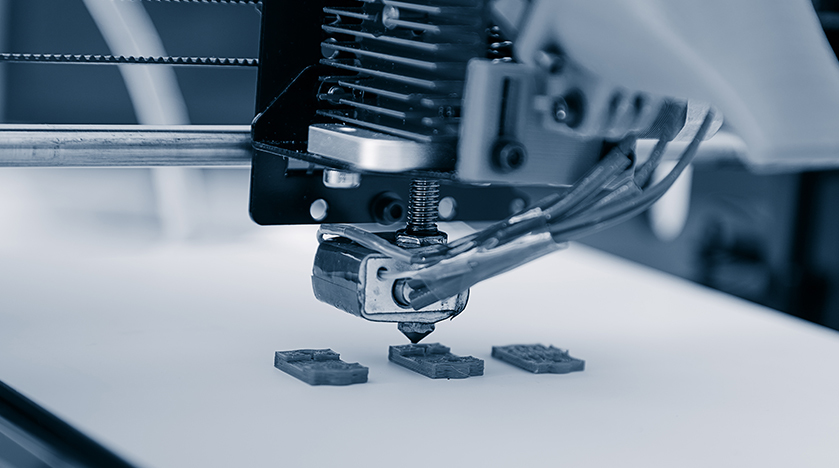While we continue to learn more about the capabilities and limitations of three-dimensional printing and additive manufacturing, a new term has entered our lexicon. 4D printing is a digital manufacturing process similar to 3D printing, but with the addition of a fourth dimension: time. This means that once printed, the material will be able to change, transform, or move on its own as a result of its inherent qualities that respond to environmental stimuli. Skylar Tibbits, who directs the Massachusetts Institute of Technology (MIT) Self-Assembly Lab, popularised the concept in partnership with Stratasys and Autodesk. Although the technology is still in its early stages, it is expected to find applications in a variety of industries, including building, infrastructure, automobiles and aeronautics, and even healthcare when combined with bioprinting.
The materials used to build the object have a direct impact on 4D printing. As researcher Anna Ploszajski explains in this lecture, intelligent materials are solids with a property – their shape, size, or color – that changes in response to external stimuli, such as heat, light, humidity, pressure, or magnetic, due to their inherent material properties.
. According to Anna: “Today’s three-dimensional material world is made from passive, inanimate materials like brick, steel, and glass. Four-dimensional structures are made from active, animated, so-called ‘smart materials’ which move autonomously – swelling, shrinking, or bending in reaction to a stimulus – combined with passive materials. That allows them to move and change shape without robotics, electronics, or engines.”
She uses the pine cone as an example of a naturally intelligent substance. It works by using two layers of rigid fibers that run in opposite directions to open and close the cone, allowing the seeds to be released only when conditions are ideal for germination in the soil (hot and dry). When the humidity level is high, the cone closes to safeguard the seeds. This is one example of how materials engineers are motivated by the desire to understand and mimic nature’s intricate processes of adaptability, durability, and efficiency. It’s also the driving force behind biomimicry, in which 4D printing may bring to life many ideas that have yet to be realized by technology.
The basic goal of 4D printing is to be able to program the material so that it reacts to ambient conditions. But how can this be put to use? Skylar Tibbits presents several ongoing studies in which objects bend and adopt different three-dimensional volumes when heated or activated in some way. The researcher also mentions other applications for 4D printing, such as in infrastructure: for example, a drainage pipe that can contract and expand with the flow of water; or a sewer system that can transport waste using contractions and relaxations similar to peristaltic movements in the intestine, which can overcome terrain slopes.

















